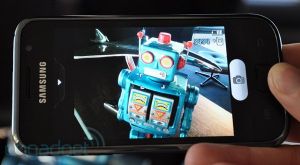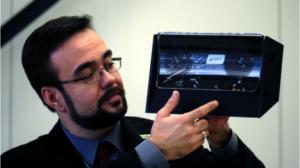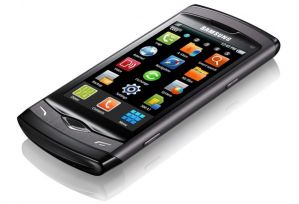Nokia: The OLED in the N8 is better than the one used in the N86 in sunlight
AllAboutSymbian has posted an interesting interview with Damian Dinning, Nokia's Imaging Chief - talking about the upcoming N8. He says that Nokia chose an AMOLED because of the richer colors and wide viewing angles. He also says that the new AMOLED used in the N8 is 'definitely' better than previous AMOLED efforts from Nokia (like the N86 and N85). It's not known how it compares to Samsung's 'Super AMOLED'.
This is good news, as users of the n85 has been complaining about sunlight readability: saying it is totally useless in such situations.






